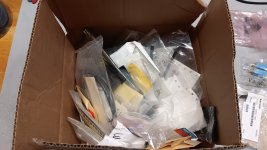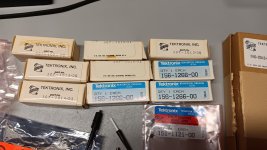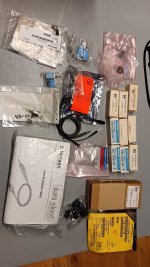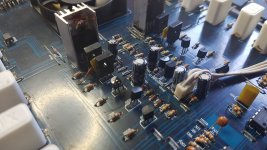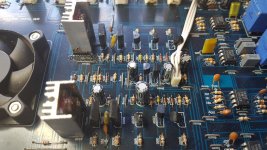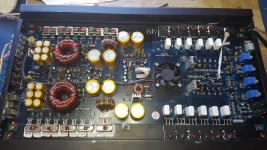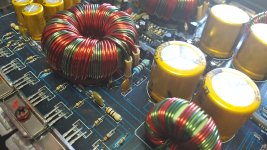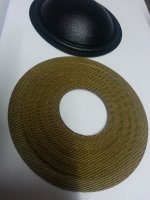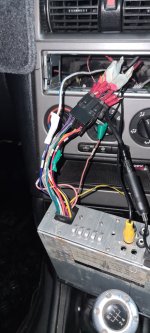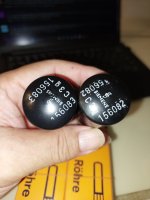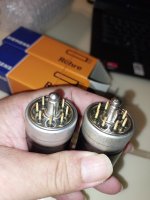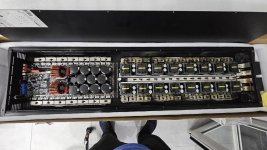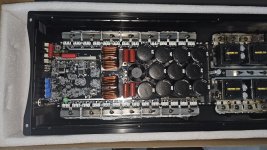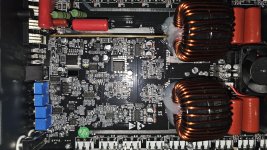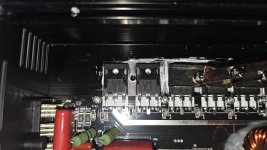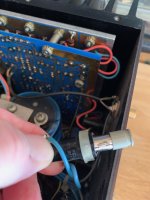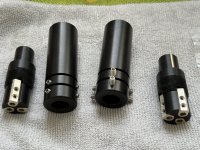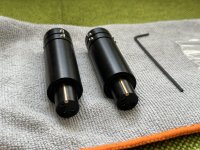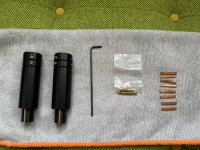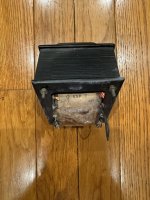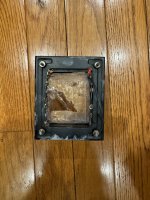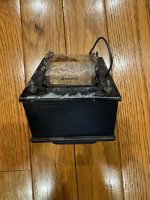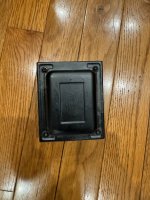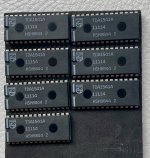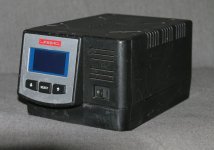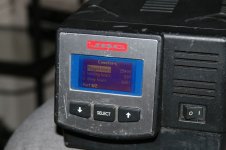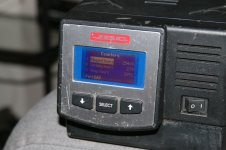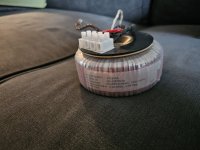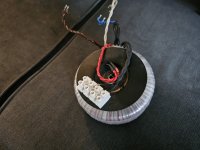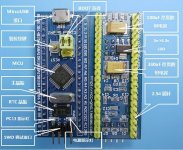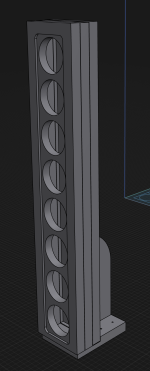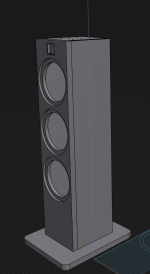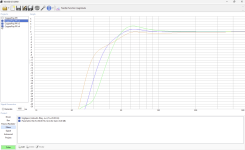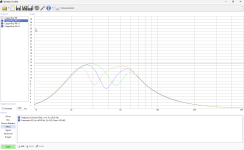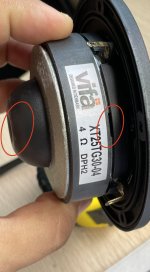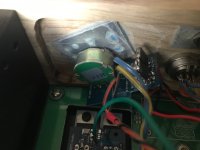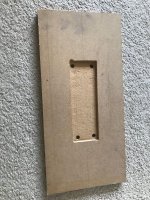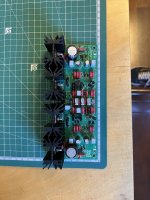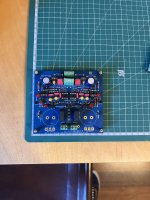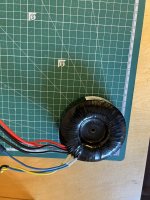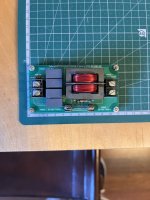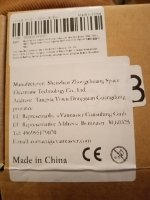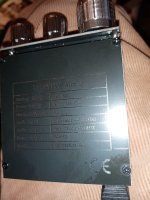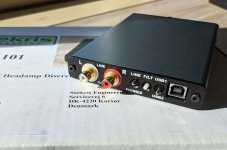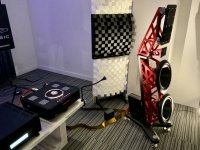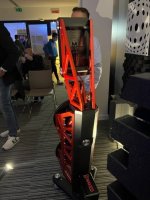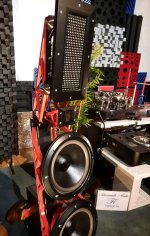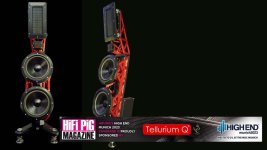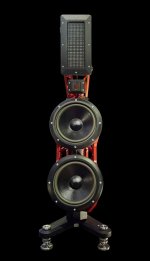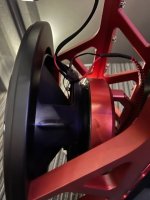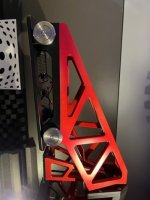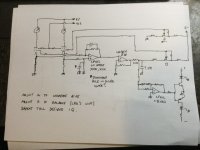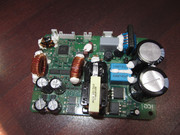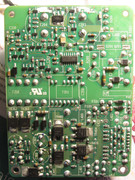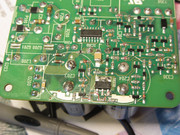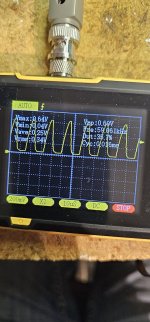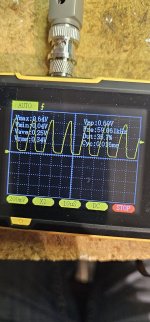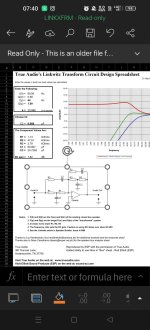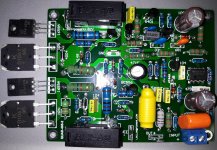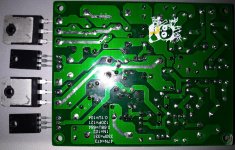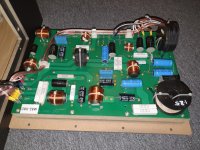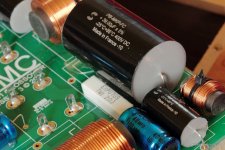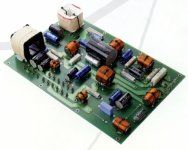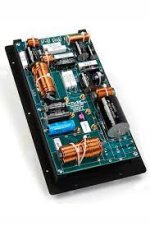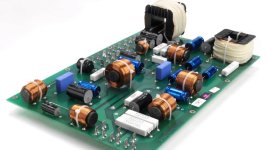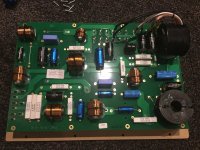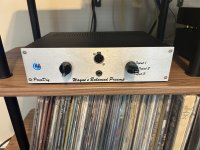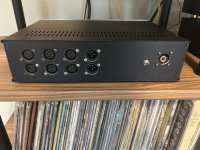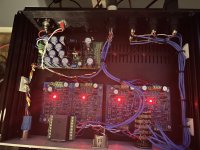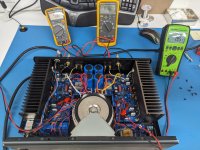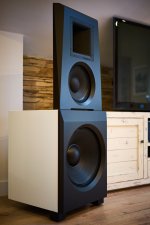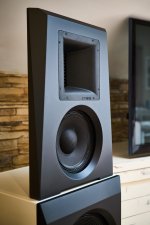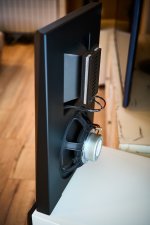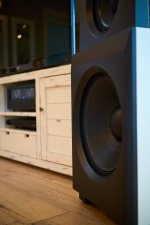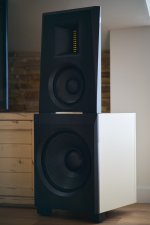Hi - I am in a rental house, but expect to be here for at least a few more years. As in, I don't want to spend huge money or things that will require a lot of holes in the wall (though some are fine...I can patch and paint).
I am about to ditch the 14 year old (really!) Sharp 70" TV for a 85" Sony which will be mounted, and the gear will be taken off the floor for its dignity and easier use.
Room is 18 feet long, 14 feet wide, 8 foot ceilings. Semi-submerged room, so about 50% of the walls are concrete, as is the floor. Fairly thick carpeting, and standard sheet rock ceiling (the images make it look bad, it is just standard but thick stucco-like texture)
When I moved in, obviously an empty room...and it sounded TERRIBLE. I spent a few hundred dollars and hung curtains (as you can see) which was TRANSFORMATIONAL and made the room sound pretty dang good. If I clap in the room, very well dampened...is has the acoustics of a movie theater more or less.
I feel I have mostly tamed the excessive highs. Bass is good (there is a big REL hiding in the corner, and it will shake the entire house).
Where I seem to have a little issue is some mid-bass resonance...think a few hundred hertz. I also would have no issue continuing to tame the highs a bit more.
Maybe I am leading the witness, but I keep thinking the ceiling could do with some acoustic paneling.
--Can't do anything to the floor, but it has thick carpeting, so that helps
--I do have a queen size comforter hung behind the curtain on the right-side wall (the biggest piece), and could certainly do more of that in the rear. The left side wall has a window, so I can do some but not all
--Not much I can do with the front wall, but it is fairly 'busy' with stuff so hopefully that helps
--If that back corner is a concern (where the black safe is), I could certainly put something there.
Suggestions for the ceiling...if anything at all? I would have no issue installing some lightweight panels (drilling, not gluing).
Thoughts, suggestions? Thanks!!!






















